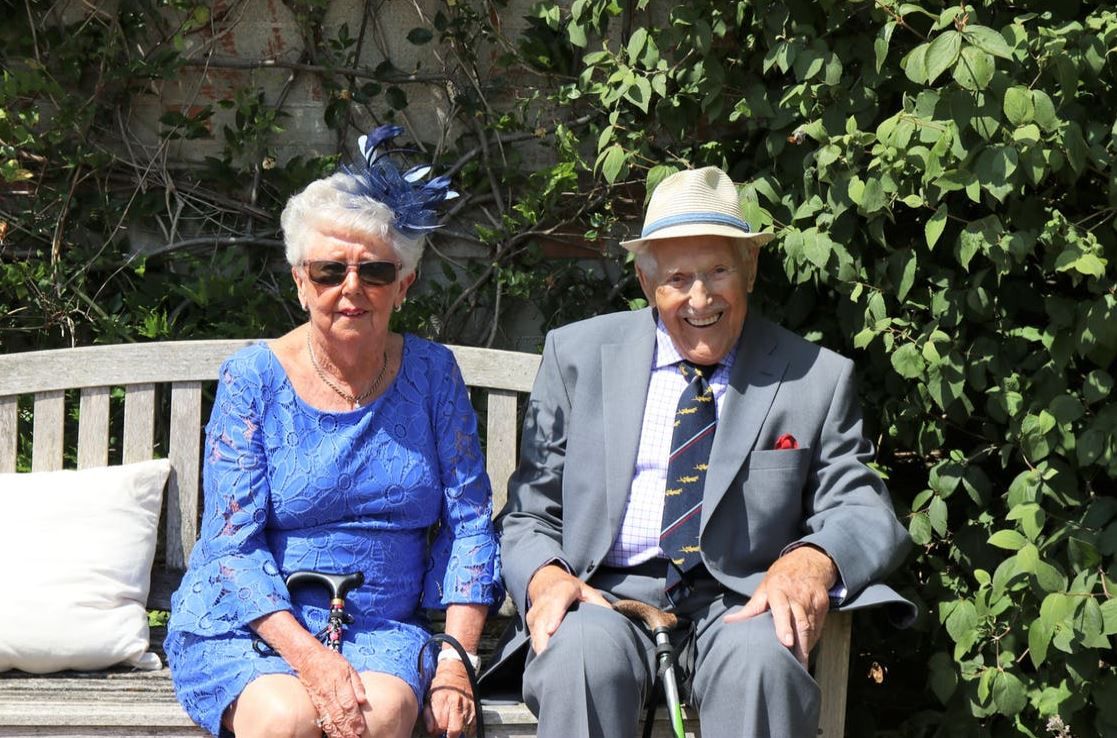
The Real Question Baby Boomers Should Be Asking
Despite the existence of ready-made transportation like Uber and the promise of futuristic self-driving cars on the horizon expanding how we travel in vehicles, there remains a fundamental problem with building living environments around vehicle transportation. If you guessed our aging population then you’re right on track. Here’s why it’s a problem and what should be done to solve it.
A Problem Today Will Become Tomorrow’s Disaster
There are some 70 million boomers under the 70-years-old mark, and most are still jumping in their vehicles to go and do as they please. On the eldest end of the baby boomers, you have people hitting that age 70 mark, and even they are still motoring along in life. But, what about their parents? How well are the people in their 80s and up getting around? The answer is that they’re not unless they live in a community designed to accommodate their non-driving status.
It’s a problem Janet Morrissey identifies in a recent New York Times article. Morrissey says that these seniors can’t just call a car service regularly or hop in a taxi. They’re generally frail and have problems entering and exiting vehicles without assistance, something paid drivers typically don’t offer as part of the service.
Even if they’re assisted into a vehicle, who’s going to help them navigate curbs, steep entrances, and so forth once they arrive at their destination? If they need a wheelchair or have medical equipment, they will need a specially equipped vehicle, which is a challenge in of itself due to accessibility and long wait lists.
Morrissey doesn’t just identify this as a current problem, either. As the next generation becomes non-drivers, the problem will only grow by millions. Ken Dychtwald, of the Age Wave consulting firm that specializes in age-related issues, says that the transportation phenomena problem is an unmet need that’s about to impact millions upon millions.
However, while many seem to be able to identify this problem with seniors now and later, few seem to be as keen on identifying viable solutions. There’s mention of the rides that startups like Circulation and RoundTrip offer. Great to have, but that’s not the crux of the issue. If that surface layer of asphalt is removed, the underlying issue is that this isn’t a transportation problem at all. What seniors face is an urban design problem.
The transportation plight seniors face comes down to the results of decades of the suburban experiment that’s centered our world around vehicles. This plight isn’t just something that affects seniors permanently unable to drive. The lack of public transit in the suburbs means that anyone with an empty nest and working family and friends can be left wondering how they go about traveling after a broken limb or other disabling event.
Morrissey points to facts like 30 percent of the Greatest Generation patients skipping doctor appointments simply because they lack transportation to get there. Now, consider that 70% of the baby boomers coming up next on the no-drive list live in suburban America where even public transit is nonexistent for them. Someone explain how startups like RoundTrip will possibly be able to fill the needs of 70-plus million baby boomers in the coming decade?
Ask The Wrong Questions… You Get The Wrong Answers
The children of seniors today have learned the lesson of being unprepared from their predecessors. More than ever, children of aging seniors are taking in home elder care, aging in place, and such into their planning for the future of their loved ones. Yet, the questions being asked and answered are often not prioritized correctly. Preparation or not, if you ask the wrong questions, then you’ll still be left with the wrong answers.
Here’s a good example. The primary question in aging in place is: What home renovations and additions will help my senior stay in their home? It’s the wrong question to prioritize. Research shows that most seniors lose the ability to drive long before they lose the ability to ambulate. The priority question should be this: How will my senior age where they live and still get out of said place? That’s answering how they’ll get everywhere from the store to doctor appointments once they can’t drive themselves.
Even under the most ideal circumstances where a loved one is available for such transportation tasks, devoting entire days to someone else’s every single transportation needs can be exhausting. And, the cost of any available specialty shuttle services, like wheel-trans, can be a financial burden given it costs an average of $30 per trip.
Again, it all comes back to the underlying issue that we’ve built the bulk of our living environment around vehicles. Sidewalks, unfriendly streetscapes, and bustling urban roadways have created a situation that confines many non-driving seniors to their homes. If you can’t drive, then you’re basically isolated and trapped.
There’s Still Time For A Fix To The Problem
In a decade or so, millions of boomers will be left in the above isolated and trapped position. Now is the time to change the travel landscape for them.
Look at walkable cities. They all have one thing in common, and that is that they become havens for retirement seniors. Why? They have support services, accessibility to all areas of need, and a community built to encourage movement and socialization for all residents.
Urban planners, politicians, and community leaders can use this refined landscape of mid-rise, city-center apartment life and a sturdy pedestrian infrastructure as a model to help seniors truly age where they live. However, they’ll first have to grasp that the problem is an urban design flaw, not a transportation problem to throw ideas like self-driving cars at as a primary solution. Such ideas of technology may eventually become a tangible asset, but the real and immediate solution will be building communities for people, not vehicles, if we hope to avoid the issue from transitioning from a problem to a disaster.
